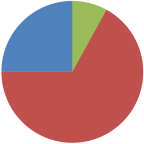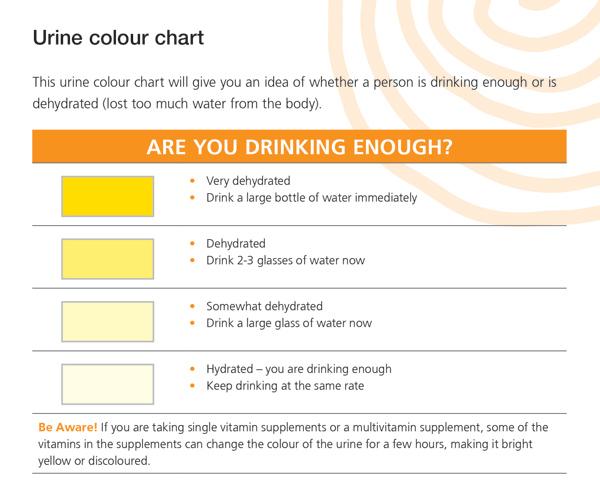The Average Adult with access to plenty of food will Consume around 3 kilos a day, over 90% of that is water. Most of that water is likely eaten in solid foods, but some of it is also drunk. Most of us have a fairly well regulated mechanism for determining the right amount of water in our bodies, and it functions well to make us thirsty if we don’t have enough, or fill our bladders if we have too much.
Keto-adaptation
When you first start adapting your body to Fat burning from Glucose burning (keto-adaptation) you will initially burn through something called glycogen. This is a special kind of starch that your liver and muscles make to store a small amount of glucose (about 1 days supply). Every gram of glycogen that your liver makes to store glucose, locks up an additional 3-4 grams of water and when your liver has to dip into those glycogen stores to feed your brain that water is released. Your kidneys will filter it out and store it in your urinary bladder for disposal. This is why in the first few weeks of a Ketogenic diet you will likely lose a lot of weight (every litre of water weighs a kilogram). This is also why if you eat more than 100g/day of Carbohydrates, you put on a lot of weight quickly because your liver has started making glycogen again, and that will capture water again.
Initially when you first go into ketosis your muscles will burn ketones and as much glucose as they can get for fuel, but after about 3 weeks they fully adapt to burning mostly fatty acids which allows your glycogen stores to slowly return to normal levels. (Research)
Don’t worry too much about this so called water weight – it’s easy come easy go. What happens once you start burning body fat is where the really critical weight loss happens.
Salts
In this early stages it is important to keep up your mineral levels (Sodium, Potassium, Magnesium, Calcium) so your body has sufficient raw materials to balance your electrolytes, as their levels will be affected by changes in hydration as well as changes in how your body retains these minerals. This apparent electrolytic dysregulation may be responsible for the notorious 2-3 days of nausea, headache, low-energy, and irritability that people notice when first adapting. One solution to this is to add salt, especially products like lite salt which contains both Sodium Chloride and Potassium Chloride, eat regular meals of of salty foods like broth made using bouillon cubes, and take Calcium and Magnesium supplement pills.
Note: Once you lower your insulin levels for an extended period you may notice that you crave salty food. This may be because Insulin causes the Kidneys to hold on to salt (research) which may be why people with type 2 diabetes (hyperinsulinemia) also have high blood pressure (hypertension). Once you manage to keep your insulin levels low for long enough your kidneys should switch from retaining salt to dumping salt, so you may not only find your blood pressure lower, but you may need to add more salt to your food.
8 glasses a day?
It is a persistent myth that we need to drink 8 glasses of pure water every day for hydration – that’s a furphy, probably invented by some marketing team responsible for selling you expensive bottled water. You can be adequately hydrated by the water in sufficient quantities of beer, wine, diet coke, coffee, tea, fruit, meat, vegetables, etc although of course they also contain other things.
Another common furphy is that because Tea and Coffee contain Caffeine which is diuretic (ie: promotes the production of urine) you can’t hydrate with them, but the reality is they are only slightly more diuretic than drinking actual water. The additional diuretic effect of 20 – 100 mg of caffeine is significantly lower than the hydrating effect of drinking the 250g of water it is dissolved in.
The important thing is the concentration of water in your body is one of the most important critical balances you have, and your body will regulate that very well, as long as you drink when you have thirst, and empty your bladder when filled – and if you don’t your body will even give you a handy indicator in the colour of your urine to remind you.


